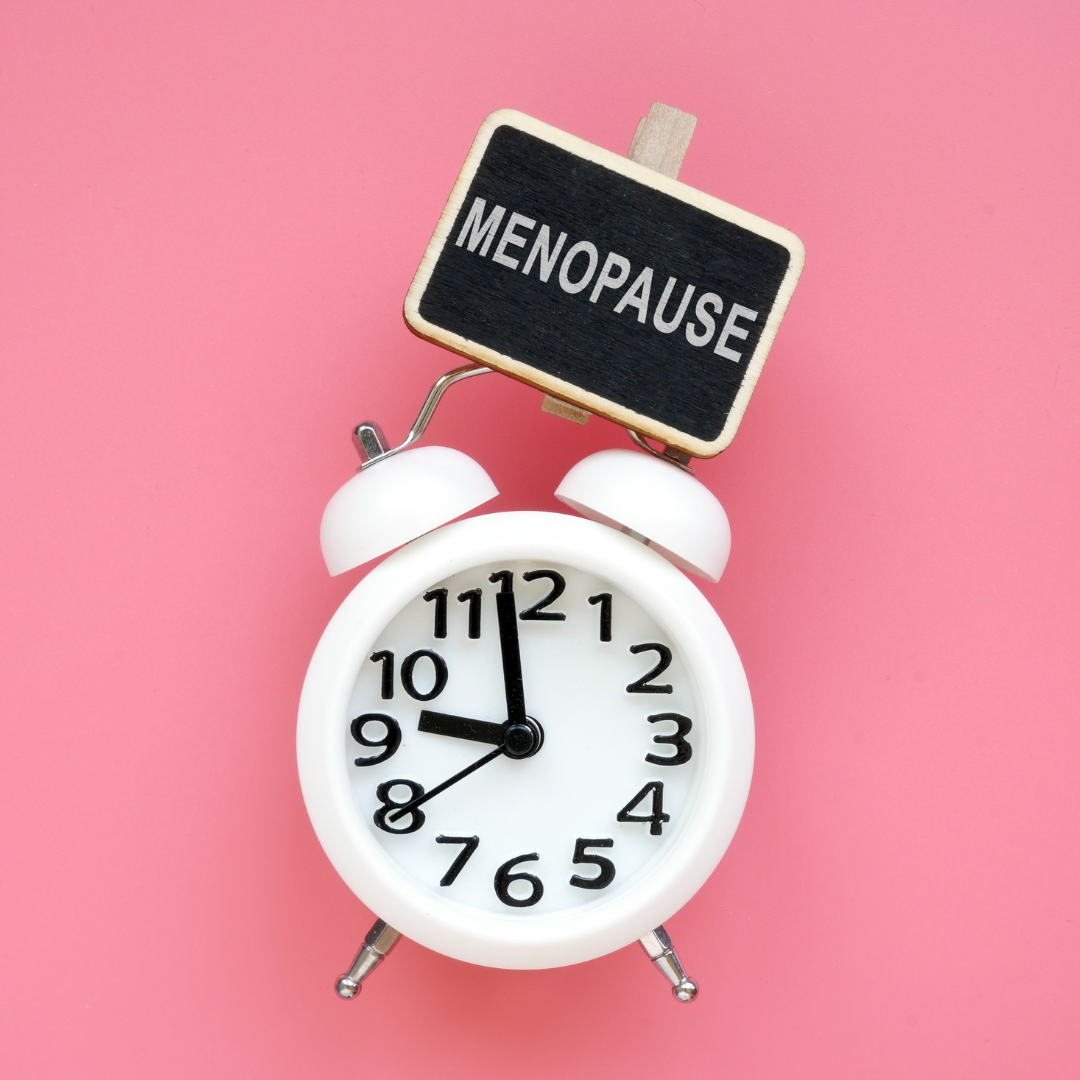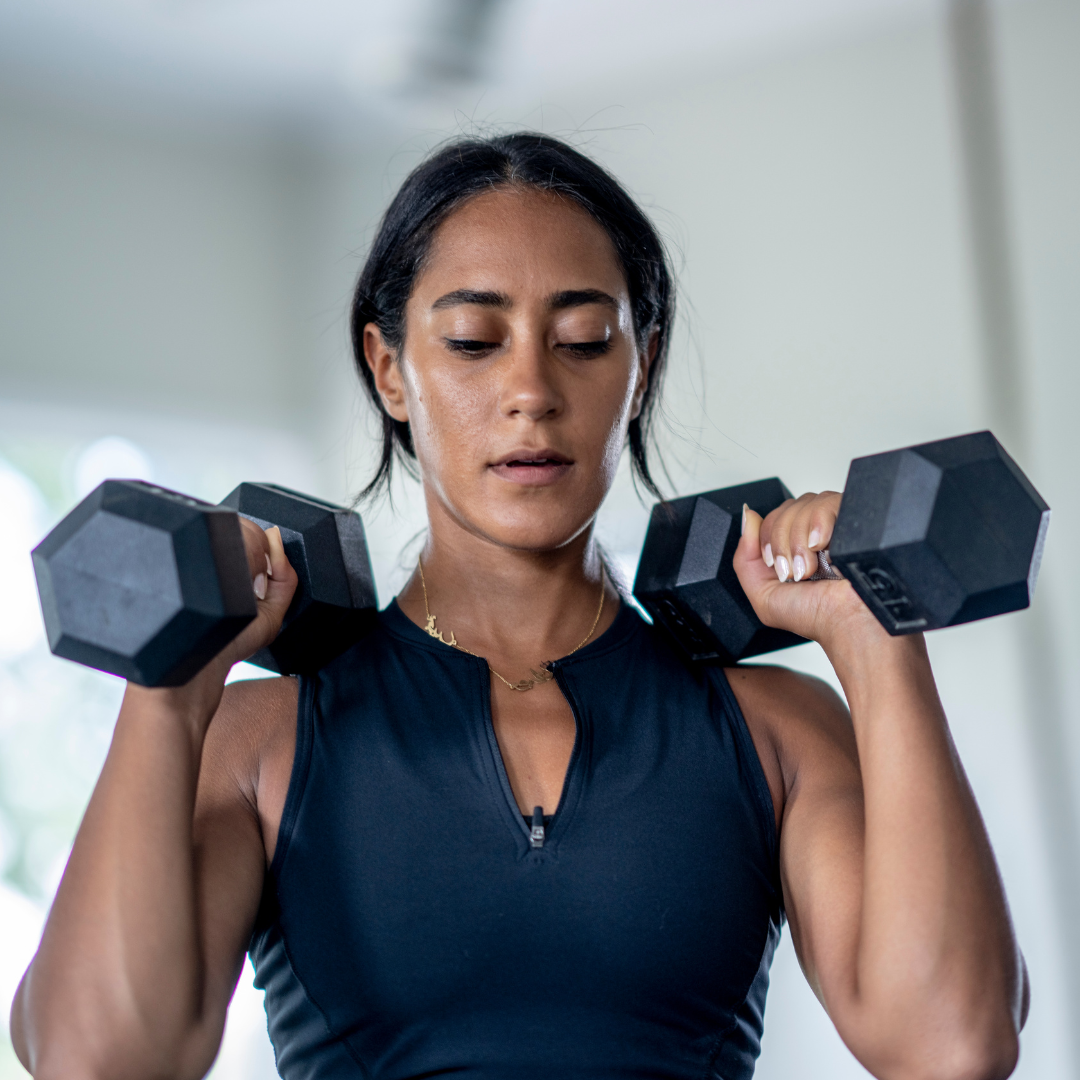Last Updated on April 12, 2023 by
The NHS estimates that around 13 million women in the UK are currently experiencing perimenopause or menopause. And with women making up a majority of group exercise participants, this is a subject fitness instructors like you need to know about.
We’ve rounded up some key info and additional reading to help you support and empower your class attendees.
What is menopause?
Menopause is a natural process that all women go through as they age. During menopause, the body stops producing eggs and hormone levels fluctuate significantly. As a result of these changes, women often experience physical and emotional symptoms. The can include:
- Hot flushes
- Night sweats
- Mood swings
- Fatigue
- Difficulty sleeping
- Joint aches and stiffness
A comprehensive list of symptoms can be found in this resource from Newson Health here.
What is perimenopause?
Perimenopause means ‘around menopause’ and is the period that precedes menopause. It can last months or years – it varies from woman to woman. It is the start of the body’s transition to menopause. Perimenopause starts at different ages too.
During this time, a woman’s body begins to make less estrogen, which leads to the physical and emotional symptoms associated with menopause. It is important to note that each woman will have an individual experience of perimenopause.
You can find more about perimenopause from The Well HQ here.
To break this down more…
Menopause refers to the time after periods have stopped.
Perimenopause refers to the time leading up to this.
How does menopause affect physical activity routines?
In addition to the physical symptoms of menopause, many women may find that their exercise routines are affected. Some may change their exercise preferences, making decisions to adjust the intensity, and about which activity is best for them.
Why are exercise and movement important?
Women’s bodies go through significant changes during perimenopause. As a result, being physically active may be the last thing some women want to do. However, there are huge physical and mental health benefits to continuing to exercise. Exercise can help to reduce the risk of chronic health conditions such as osteoporosis, and improve sleep quality. Physical activity can also help with stress management and improve emotional well-being.
What does this mean for fitness instructors?
If you’re working with women, you’ll likely have menopausal clients in your classes. It’s important to understand the changes they are going through. Hormone changes may affect their emotions and their mental well-being. For example, many women experience brain fog which can make everyday movements far more challenging. Interpreting instructions like left and right coordination and remembering movement patterns take a longer time to process.
Hormone changes may also mean women are no longer able to mentally able to commit to your classes right now. Or they may find alternative exercise sessions that work better for them.
It’s important not to take these potential outcomes personally. All women experience menopause differently. Your job is to support women where possible and signpost to options that are right for their wellbeing.
Why is strength training important in the lead-up to menopause?
Strength training (or resistance training) is important for women of all ages. In fact, the CMO guidelines include recommendations for two resistance sessions per week for all adults.
Strength training is especially important during perimenopause and after periods stop. As hormone levels fluctuate and the body goes through physical changes, building strength can help to prevent weakened bones, muscles, and joints. WebMD cites one study where “postmenopausal women who participated in a strength training program for a year saw significant increases in their bone density in the spine and hips, areas affected most by osteoporosis in older women.”
Strength training also helps manage symptoms by:
- Reducing stress
- Improving balance and mobility
- Boosting energy and moods
How can fitness instructors support menopausal women?
If you’re working with menopausal women, it’s important to understand their challenges and be ready to support them. Here are a few tips:
- Be understanding of the physical and emotional changes they may be experiencing. You may like to do additional reading (check out the links at the end of this blog!) to get clued up.
- Be prepared to offer exercise modifications or options that make exercises easier and more comfortable for them.
- Have a short list of places you can signpost clients to for more information such as the NHS website and BUPA resources. You can also signpost to specialist charities such as Women’s Health Concern.
- Signpost women to additional classes which they may benefit from, such as Pilates and strength training.
Where can I find more information?
Start with these resources:
- Resource library from balance
- Information from The Menopause Charity
- Support and advice from Menopause and Me
Over to you!
By simply having some knowledge of how menopause affects women, you can make your clients feel comfortable and cared for. It all starts with a little learning and a little understanding.
How much do you know about endometriosis? Find out in our blog here.
Get helpful resources and blogs straight to your inbox. Sign up for our newsletter here.




